 Why is it so Tough?
Why is it so Tough?
It’s that time of year where vacations, work, school, and even the sunshine dictate our schedule. After nearly 6 months of trying to attain New Year’s Resolutions, it can be hard to keep momentum with all of these variables influencing how we spend our time. Some may be on track to meet their goals, while others may have faced some adversity, or some haven’t set goals just yet. The good news is that January 1 is not the only day you can set goals – maybe today is the day for you!
What Can I Do?
Fortunately, there is a lot you can do! Below are just a few ways you can get on track to be the best version of yourself and improve your well-being!
Set New Goals
Like I said, we are not limited to our New Year’s resolutions. We should frequently look to improve or adjust our goals based on where we are. If a goal was met – Great! Push your boundaries a bit further. If a goal was not met – no worries! Adjust your goals to account for the season of life you are in this Summer. If you haven’t made a goal and don’t know where to start – we are here to help! Reach out to a staff member to maximize your fitness journey!
Sign Up for Events & Classes
Events offered by not only NIFS but also the community provide external sources of motivation to keep momentum high. By signing up for an event, you are essentially setting a goal of some level to participate in the event and perform to a certain degree, which is a great starting point to increase motivation.
Signing up for classes at NIFS is an excellent way to create accountability and establish consistency in your routine, while also taking the burden of programming off your shoulders and on our superb staff! Additionally, being part of the NIFS community in classes helps establish social support in your pursuit of fitness.
Incorporate Portable Exercise
Schedules can be demanding and dynamic at this point in the year. The best way to accommodate schedules is to utilize exercises that you can do anywhere! Bodyweight exercises are a great way to make your workout portable. Investing in a set of resistance bands can go a long way when you are traveling, which allow you to not only create variety in your training but also provide a high enough training stimulus to create gains!
Go Outside!
This is another great way to make your exercises portable and enjoyable! It can be hard to go inside the gym when the weather is beautiful, so why not take the gym outside?! Combining the methods in the previous section with outdoor activity can be an easy way to boost exercise enjoyment and get your daily dose of Vitamin D. Try our Free Fitness in the Park on Tuesday and Thursday at noon this summer at White River State Park.
Momentum is hard to keep during the Summer, but there are easily implementable methods to keep it up. Try setting new goals, sign up for events or classes, make your training portable, and go outside! If you need any help, our staff is well-equipped to provide guidance in your pursuit of health and wellness!


 Summer brings longer days and plenty of sunshine, perfect for outdoor activities and adventures. However, the heat can also lead to dehydration. Here are some essential hydration tips to keep you cool and refreshed all summer long:
Summer brings longer days and plenty of sunshine, perfect for outdoor activities and adventures. However, the heat can also lead to dehydration. Here are some essential hydration tips to keep you cool and refreshed all summer long:
 Being a triathlete, most of my winters are spent stuck on the bike trainer or swimming countless laps in pools. When the weather finally breaks, I make every attempt to get outside and enjoy the outdoors and here’s why you should give it a try!
Being a triathlete, most of my winters are spent stuck on the bike trainer or swimming countless laps in pools. When the weather finally breaks, I make every attempt to get outside and enjoy the outdoors and here’s why you should give it a try!
 Let’s be real. We aren’t always motivated to work out, and sometimes it’s hard to find that motivation. It’s even harder to find motivation when you don’t even enjoy exercise. It’s important to learn why getting active is so important, and it all starts with changing your mindset about it.
Let’s be real. We aren’t always motivated to work out, and sometimes it’s hard to find that motivation. It’s even harder to find motivation when you don’t even enjoy exercise. It’s important to learn why getting active is so important, and it all starts with changing your mindset about it. 
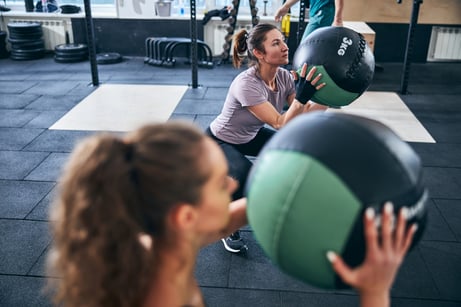 The month of October, also known as ROCKTOBER or SQUATOBER and famous for Halloween, is here. I thought I would put together two workouts—a fun workout, Pumpkin Partners, and a challenging workout, The Hell Bridge—that everyone can enjoy this October! Both are great for outdoor training in cooler weather
The month of October, also known as ROCKTOBER or SQUATOBER and famous for Halloween, is here. I thought I would put together two workouts—a fun workout, Pumpkin Partners, and a challenging workout, The Hell Bridge—that everyone can enjoy this October! Both are great for outdoor training in cooler weather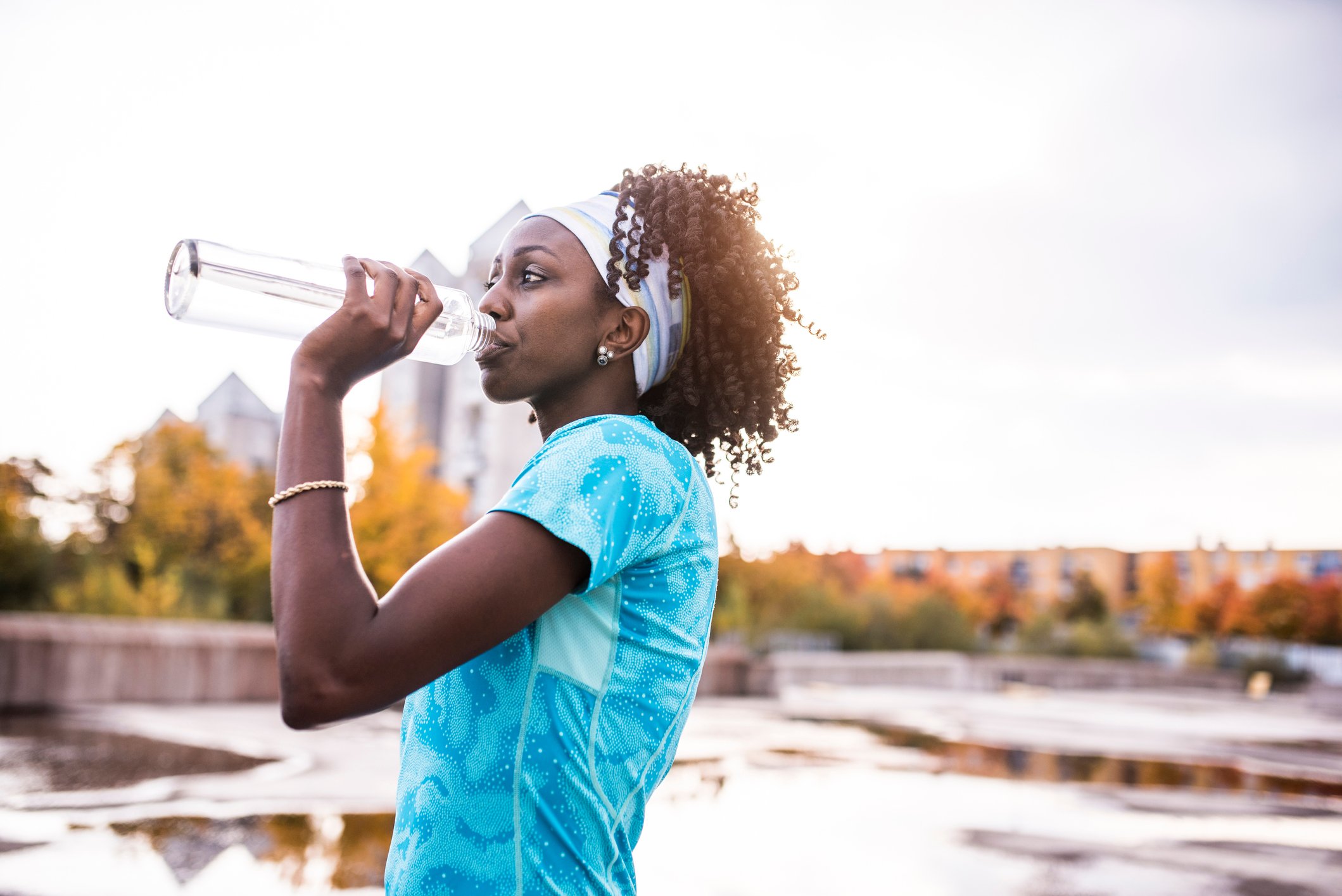 Did you know the human body is composed of about 50 to 60 percent water? Throughout the day, your body uses and loses fluid by way of natural body processes such as sweating, breathing, creating saliva, making and excreting urine, and having bowel movements. Losing more water than you consume can quickly lead to dehydration, which typically presents as excess thirst, headache, dizziness, weakness, digestion problems, and/or nausea. These symptoms typically resolve once you rehydrate your body.
Did you know the human body is composed of about 50 to 60 percent water? Throughout the day, your body uses and loses fluid by way of natural body processes such as sweating, breathing, creating saliva, making and excreting urine, and having bowel movements. Losing more water than you consume can quickly lead to dehydration, which typically presents as excess thirst, headache, dizziness, weakness, digestion problems, and/or nausea. These symptoms typically resolve once you rehydrate your body.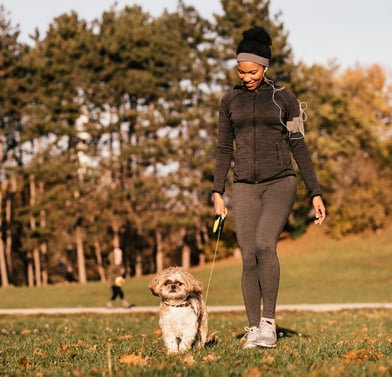 We have all heard the old sayings about fresh air and how it affects your well-being. It usually comes in the form of sage advice and sounds like something you can take with a grain of salt, but is there truth to this advice? There are times in our lives when we might not even see the sun, whether it’s because of our careers, lifestyles, or by choice. Although these reasons may have validity, there is some very good research that supports outdoor activities as a viable way to improve your overall health.
We have all heard the old sayings about fresh air and how it affects your well-being. It usually comes in the form of sage advice and sounds like something you can take with a grain of salt, but is there truth to this advice? There are times in our lives when we might not even see the sun, whether it’s because of our careers, lifestyles, or by choice. Although these reasons may have validity, there is some very good research that supports outdoor activities as a viable way to improve your overall health.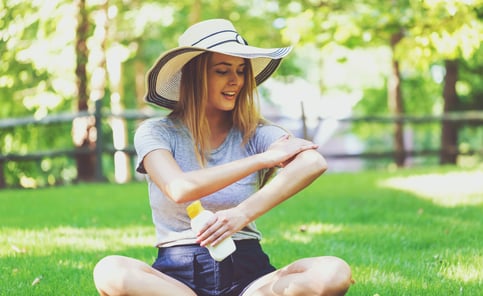 The glorious return to summer is upon us, and if you are like me, you will be spending as much time as possible soaking up sunshine as you take your leisure outdoors, take up hobbies in the yard and garden, and engage in group fitness bootcamp classes in the park. The sunshine feels good and has many benefits, including mood enhancement, vitamin D production, and even treatment for a number of skin conditions such as psoriasis and acne. There are, however, some dangers associated with extended sun exposure that can be limited with the use of sunscreen, most notably skin cancer.
The glorious return to summer is upon us, and if you are like me, you will be spending as much time as possible soaking up sunshine as you take your leisure outdoors, take up hobbies in the yard and garden, and engage in group fitness bootcamp classes in the park. The sunshine feels good and has many benefits, including mood enhancement, vitamin D production, and even treatment for a number of skin conditions such as psoriasis and acne. There are, however, some dangers associated with extended sun exposure that can be limited with the use of sunscreen, most notably skin cancer.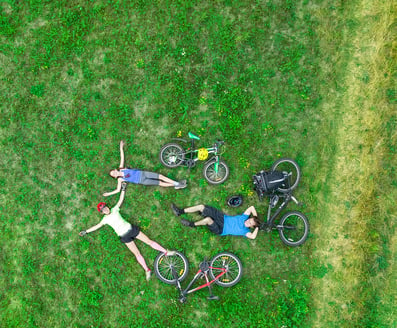 Growing up and continuing to live in the Midwest, I’ve grown to appreciate the summer months more and more. In fact, in Michigan we joke that there are really only two seasons:
Growing up and continuing to live in the Midwest, I’ve grown to appreciate the summer months more and more. In fact, in Michigan we joke that there are really only two seasons: